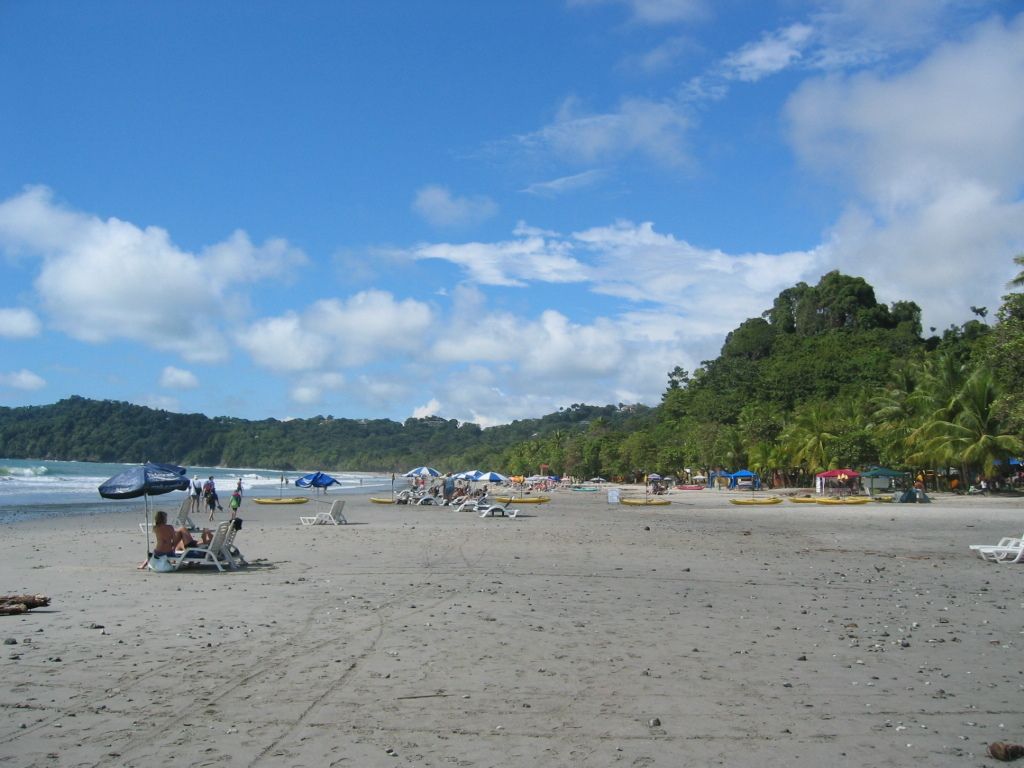Worldwide Container Ships' Voyage: Dispute in Trade Leads to Increased Sailing of Empty Ships Globally
Container Shipping Industry Navigating Tumultuous Waters Amid Trump-Instigated Trade Disputes
(Based on a report by Sea Intelligence and insights from various sources)
The dynamism brewing in the container shipping industry is distinctly tangible, with the trade dispute initiated by U.S. President Trump leaving lasting impacts. As per research and analysis firm Sea Intelligence, the ongoing tussle is disrupting the existing landscape, resulting in escalating blank sailings and plummeting demand for container ship capacity.
Recent trends showcase an alarming surge in blank sailings, with over 80 reported in April alone—a number surpassing pandemic era rates. The Asia to U.S. West Coast trade lane is expected to experience a 28% reduction in capacity for late April and early May, while the East Coast anticipates a more pronounced 42% decrease. Clearly, these numbers underscore the severity of the situation.
Carriers have been employing strategic responses to manage capacity and maintain rates, scaling back sailings to match dwindling demand. As Sea-Intelligence points out, carriers are meticulously adjusting their capacity to preserve rate stability, a pivotal consideration in these volatile times.
The trade wars are taking their toll on U.S. imports, particularly from China, with the decline exacerbated by new tariffs and regulations. The U.S. Trade Representative (USTR) plans to implement a phased port fee on Chinese-built or Chinese-owned vessels by October 2025, which could further destabilize global carrier alliances.
The market's current stability in shipping rates may prove transitory, as U.S. consumer demand could wane due to mounting goods prices, potentially reducing volumes from Asia. Sea-Intelligence cautions that the current state of affairs might be just the tip of the iceberg, with risks lurking beneath the surface.
Looking ahead, the ongoing trade tensions and regulatory changes threaten a supply chain crisis, as imports are projected to plummet significantly in 2025. The recovery process will be a slow and arduous one, with logistical hurdles, such as shipping repositioning and route adjustments, presenting a formidable challenge.
The container shipping industry is braced for a long-haul contest against these tumultuous circumstances, potentially necessitating strategic shifts in capacity management and alliance structure. As the U.S. and China continue to negotiate trade policies, the extent of the impact on the industry remains uncertain. But one thing is certain—an agile and adaptable approach, befitting the waters ahead, is more vital than ever.
- The Container Shipping Industry, amidst Trump-instigated trade disputes, is navigating through turbulent waters, prompting adjustments in analysis and strategy.
- Zero tolerance for complacency is evident, as blank sailings surge beyond pandemic rates, particularly in the transpacific trade lanes.
- In response to dwindling demand, carriers are engaging in zero-sum game tactics, meticulously adjusting capacity to preserve rate stability.
- Finance and business sectors are closely monitoring general news and war-and-conflicts updates, as new tariffs and regulations on imports from Asia impact U.S. industries.
- The ongoing trade wars are fueling uncertainties within the industry, with potential political shifts and regulatory changes threatening to destabilize carrier alliances.
- Focusing on long-term resilience, the container shipping industry braces for a challenging future, readying itself for strategic shifts in capacity management and alliance structures.






